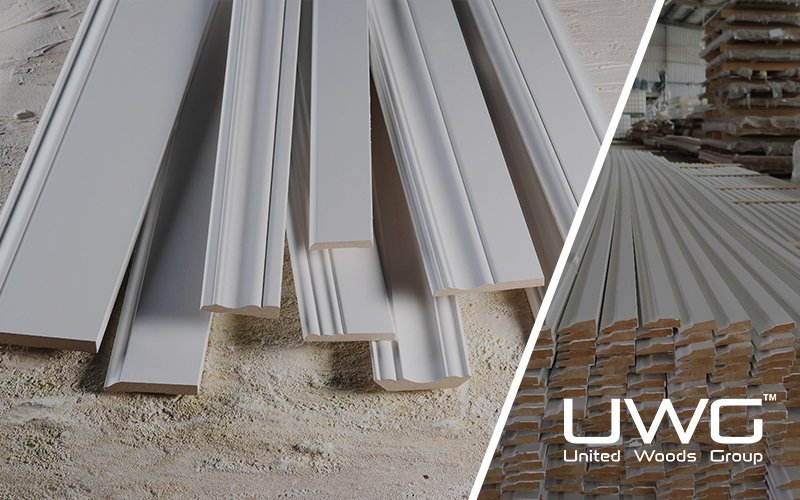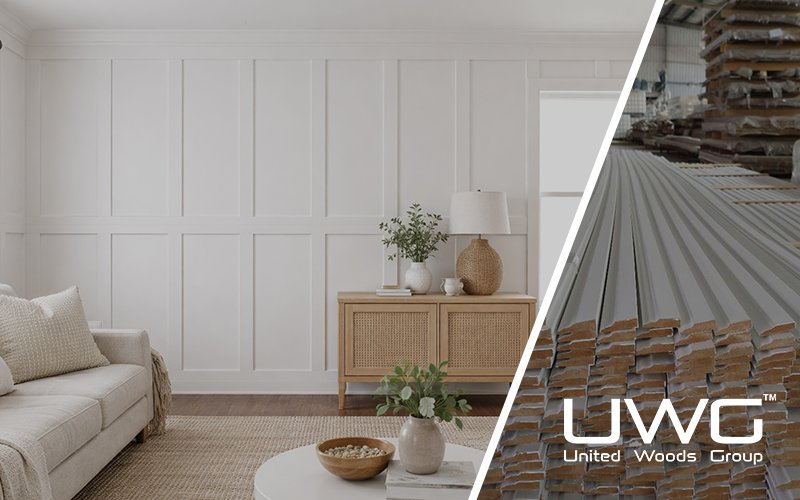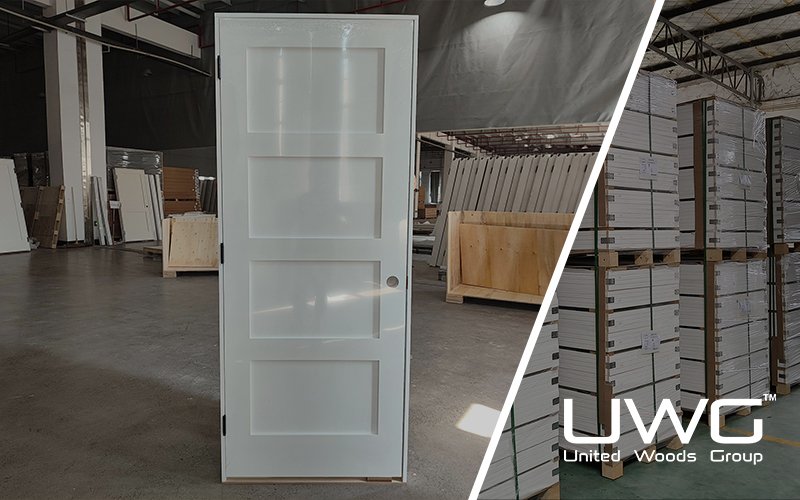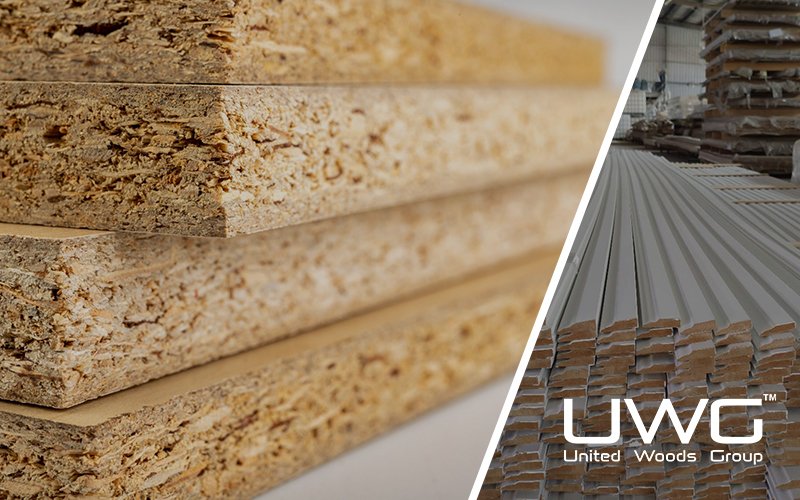The construction industry is fiercely competitive and increasingly costly, forcing builders to juggle tight budgets with ever-higher quality demands. Cutting corners risks reputational damage and legal trouble—smart procurement is the sustainable solution.
To cut costs without sacrificing quality, builders must adopt strategic procurement practices. This includes partnering with reliable suppliers, using data to forecast demand, standardizing materials across projects, and embracing innovations like prefabricated components or alternative materials. By streamlining inventory, negotiating long-term contracts, and customizing material solutions, builders can lower expenses while maintaining high standards. Smart procurement isn’t about buying cheaper—it’s about buying smarter. These methods not only reduce financial waste but also ensure project consistency, safety, and sustainability. With the right strategies, cost efficiency and construction quality can go hand in hand.
In this guide, you’ll find smart, proven procurement strategies that help reduce costs without sacrificing performance or reliability.
Multiple Challenges Faced by Builders
Builders are navigating some of the most challenging conditions in recent memory:
- Rising raw material prices: Lumber, cement, steel, and insulation materials continue to fluctuate due to global inflation and geopolitical uncertainty.
- Supply chain disruptions: Delays in international shipping, regional shortages, and customs bottlenecks can impact schedules and increase costs.
- Labor shortages: Scarcity of skilled tradespeople has forced many builders to pay premiums or accept slower turnaround times.
The combination of these pressures puts margins at risk — unless builders adopt a more efficient procurement strategy that controls costs without cutting quality.
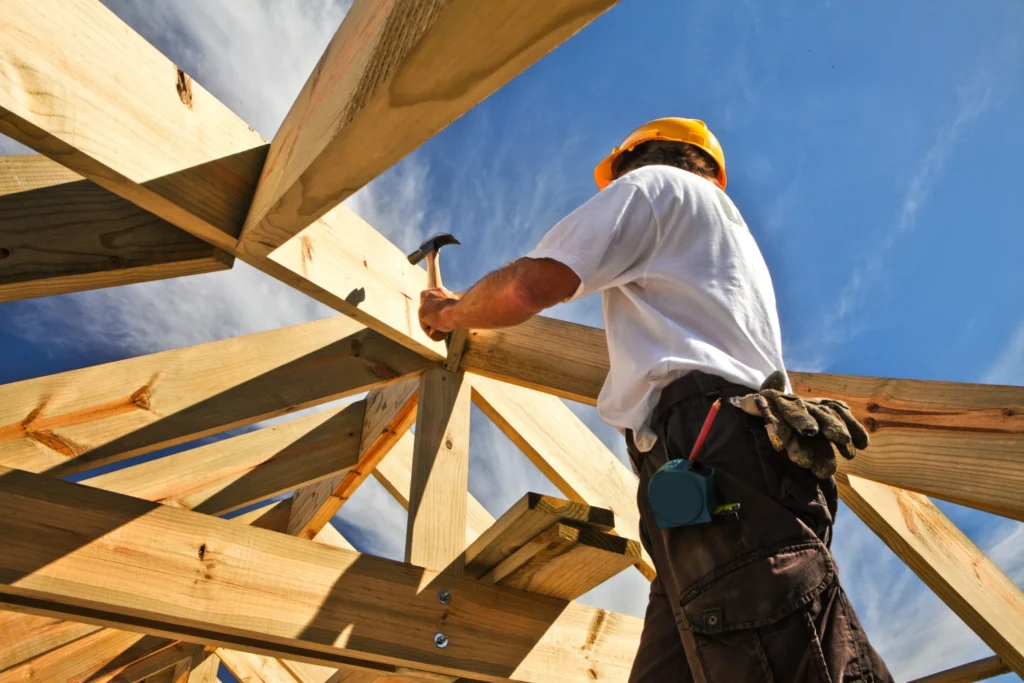
Why Cutting Costs Without Sacrificing Quality Matters
Builders are navigating some of the most challenging conditions in recent memory:
- Market Competitiveness : Low-cost, low-quality projects might win tenders — but they rarely win long-term trust. Shoddy finishes, callbacks, and client dissatisfaction can severely damage a builder’s reputation.Builders who focus on consistent quality are more likely to receive positive referrals, secure repeat clients, and win higher-value contracts.
- Legal and Safety Risks :Cutting corners on material quality can backfire — fast. Substandard materials may:
-Fail inspections
-Lead to insurance issues
-Trigger construction delays
-Create safety hazards that result in lawsuits or penalties
Regulatory compliance increasingly demands full documentation on product quality, origin, and installation standards. Builders must ensure that cost-saving does not become risk-adding.
- Sustainability Imperatives :Builders today are under pressure to meet environmental standards:
-Clients are requesting local green building certifications
-Many regions now offer tax breaks for using eco-certified materials
Cost-cutting that undermines environmental performance could cost you future projects or disqualify you from competitive bids.

How to reduce costs in procurement?
Procurement is one of the biggest cost centers — and one of the easiest to optimize with the right structure.
- Consolidate purchases: Bundle orders across multiple projects or departments to gain negotiation power.
- Standardize materials across projects. This simplifies procurement, improves cost efficiency, and reduces waste.
- Analyze historical spend: Track cost trends to uncover hidden inefficiencies or premium prices you’ve overlooked.
- Forecast demand early. Share projected quantities with suppliers so they can prepare and possibly offer bulk discounts.
- Use templates and benchmarks: Procurement cost savings templates help compare quotes and flag mismatches in specs.
- Reevaluate vendor terms: You may be paying for delivery, storage, or packaging — all negotiable.
Some builders reduce procurement costs by 7–15% simply by restructuring supplier relationships and order frequency.

How to Choose the Right Procurement Partner
Finding the right procurement partner is as important as selecting the right architect or engineer. Here’s how to choose wisely:
- Check technical capabilities: Can they deliver the quality you need at scale?
- Assess reliability: Do they have a track record of on-time delivery — even during high-demand periods?
- Evaluate flexibility: Can they accommodate project changes quickly?
- Prioritize transparency: Hidden fees, unclear specs, or vague terms are red flags.
The right procurement partner saves you time, money, and stress — while keeping your build quality uncompromised.

Smart Procurement Strategies
Strategy 1: Strengthen Supplier Partnerships
Rather than sourcing ad hoc, smart builders form strategic partnerships with suppliers who provide long-term value.
- Multi-year contracts: Lock in pricing and secure priority delivery access.
- Tiered supplier system: Rank suppliers by quality, responsiveness, and lead times.
- Relationship leverage: Suppliers are more willing to go the extra mile — like rushing urgent orders — for clients they trust.
A builder partnered with us on a 3-year supply agreement and saved 12% through pricing stability and fewer costly delays.
Strategy 2: Optimize Inventory and Logistics
Handling materials poorly adds costs you might not see on the invoice:
- Overstocking wastes cash and warehouse space.
- Understocking leads to emergency orders and downtime.
- Poor tracking results in lost items or over-purchasing.
Solutions:
- Implement Just-in-Time (JIT) material ordering.
- Use regional warehouses to cut transport costs and improve speed.
- Integrate digital inventory tools for real-time visibility.
Even a basic spreadsheet linked to delivery schedules can save thousands on unnecessary orders.
Strategy 3: Embrace Alternative Materials and Tech Upgrades
Material technology has evolved — and modern builders are cashing in:
- Engineered wood offers better durability than natural lumber with less waste.
- Fiber-cement siding outlasts wood and requires less maintenance.
- Prefabricated panels and components reduce labor hours on-site and improve speed.
Strategy 4: Leverage Data-Driven Decision-Making
Stop guessing — start analyzing.
- Use past job data to identify patterns (e.g., frequent material overages or reorder trends).
- Employ AI-driven forecasting tools to time purchases at the best market rates.
- Rate suppliers regularly using scorecards: price, quality, accuracy, and speed.
Over time, builders using data to guide procurement see lower costs and higher ROI on every project.
Strategy 5: Customize Solutions with Manufacturers
If you’re using the same products as everyone else, you’re missing opportunities.
- Collaborate with manufacturers to optimize specs for your project’s unique needs.
- Reduce waste by right-sizing components to your build schedule.
- Co-develop project-specific innovations.

What We Offer Builders
As a construction materials manufacturer, we specialize in helping builders lower procurement costs without cutting quality. Here’s how we support your success:
- Lock in prices with flexible long-term contracts
- Door to door logistics support for faster, cheaper delivery
- Custom material solutions tailored to your project’s needs
- Certified, eco-friendly options to support green building goals
If you’re looking for a reliable partner to help optimize your material procurement, we’re ready to collaborate.
Summary
Builders can absolutely cut costs without sacrificing quality — but only if they rethink how they source materials. With smarter strategies, better partnerships, and data-driven planning, your next project can be both affordable and exceptional. If you’d like to explore how to apply these insights to your business, let’s connect.



